Statues and Histories from Past Decades
Much has been raised in recent days about statues, particularly in Bristol and London. Yet many of these arguments are not new topics but have been written about broadly and critical of dismissive approaches for many years.
Bristol. Madge Dresser, Honorary Professor at the University of the West of England in Bristol, has written both about the 1963 “colour bar dispute” since 1986 and books against slavery in Bristol and nearby country houses for many years. As she states on twitter “Efforts to rebrand Colston statue plaque to tell the whole truth about the man-have been stymied for years.” Then in Bristol Sally J Morgan, now Distinguished Professor of Fine Arts at Massey University Wellington, wrote particularly about the Edward Colston and also John Cabot statues in an article : “Memory and the merchants” over 20 years ago in 1998. She wrote, “In the English city of Bristol similar attempts at confiscation have occurred and can be traced to the city’s controlling mercantile class as represented by The Society of Merchant Venturers, established in the 16th century and still going strong, who have contrived to forget almost as much as they demand we remember…”
London. Madge Dresser also wrote 13 years ago “Set in Stone? Statues and Slavery in London”. This included the display in London’s Guildhall of the former mayor, William Beckford: “The evidence linking William Beckford (1709–70) to slavery is widely available and overwhelming. Beckford, twice Lord Mayor, was the free- spending son of a wealthy sugar planter and owed much of his position to his ownership of some 3,000 Africans enslaved on his numerous Jamaican plantations.” Similarly, John Siblon in his ““Monument Mania”? Public Space and the Black and Asian Presence in the London Landscape’ of 2009/12 included differently the black sailor with a musket at the Battle of Trafalgar at the bottom of Nelson’s Column. Clearly visible -but rarely noticed even in demonstrations in Trafalgar Square – Siblon argued for the need for further state representation in London. He later analysed the nature of the memory of “African and Caribbean Troops from Former British Colonies in London’s Imperial Spaces” . He stated 4 years ago, “During the First World War efforts were made to publicly acknowledge the service of Africans and Caribbeans but after the war the evidence points to their deliberate omission in the state-sponsored cultural memory of the war.” Elsewhere in London I wrote about “The Gilt of Cain,” a site-specific work in Fen Court, London, near the Lloyds building which combined material of the Scottish sculptor Michael Visocchi with the poetry of Lemn Sissay. Visually, the sculpture consists of variously sized cylindrical columns, resembling sugarcane – or possibly human figures. Alongside this is a structure representing a pulpit – or an auctioneer’s platform.The work was initiated by Black British Heritage, chaired by Ken Martindale, who was involved in community politics, including the Notting Hill Carnival for many years.
Lancaster. Professor Alan Rice ,advisor to the Slave Trade Arts Memorial Project (STAMP) for many years ago, has analysed and publicised “Captured Africans,” sculpted by Kevin Dalton-Johnson using stone, steel, and acrylic and located outside the former customs house on St. George’s Quay in Lancaster, once the fourth largest slave port in England.
Works to read about issues on black lives still exist and have existed for decades.In some ways reading about already analysed work can actually assist many in the current situation who seem not aware of historical and critical material. Some of the writers were postgraduate students in Public History at Ruskin College where a range of conferences and discussions took place. This course no longer exists but many relevant reading lists should still be read today including:
Peter Fryer Staying Power. The History of Black People in Britain Pluto Press,1984.
Madge Dresser Slavery Obscured: The Social History of the Slave Trade in an English Provincial Port. 2001
Black and white on the buses : the 1963 colour bar dispute in Bristol Bristol : Bristol Broadsides, c1986.
Set in Stone? Statues and Slavery in London History Workshop Journal, Volume 64, Issue 1, Autumn 2007, Pages 162–199,
Sally Morgan Memory and the merchants: Commemoration and civic identity, International Journal of Heritage Studies, 4:2, 1998.
John Siblon Negotiating Hierarchy and Memory: African and Caribbean Troops from Former British Colonies in London’s Imperial Spaces, The London Journal, 41:3, 2016,299-312
“Monument Mania”? Public Space and the Black and Asian Presence in the London Landscape in People and their Pasts ed Ashton & Kean 2009 / 2012, pp.146 -162
Hilda Kean Where is Public History? (re Lancaster and London) A Companion to Public History ed David Dean, p.33-542018
Alan Rice, Creating Memorials, Building Identities. The Politics of Memory in the Black Atlantic, 2010.

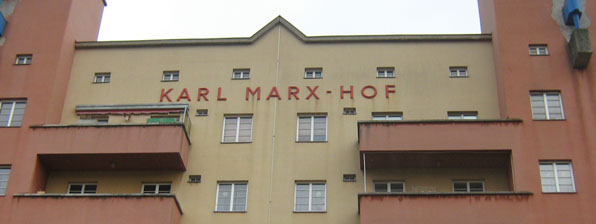
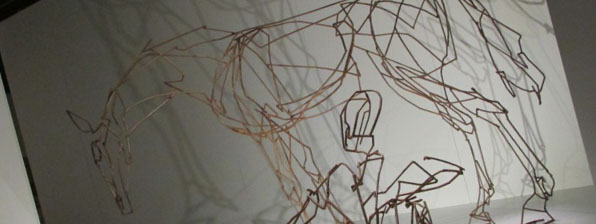




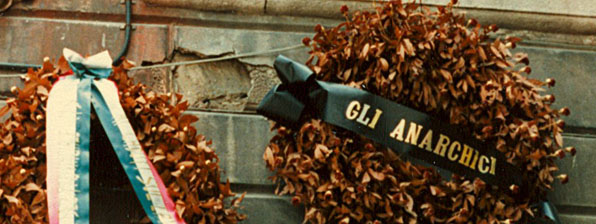
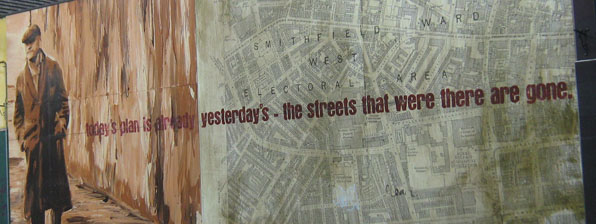
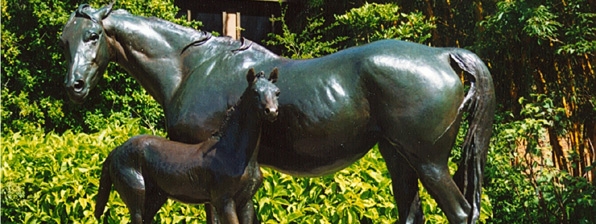
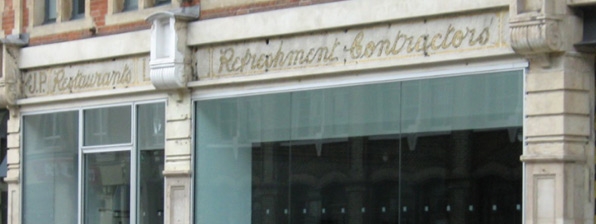









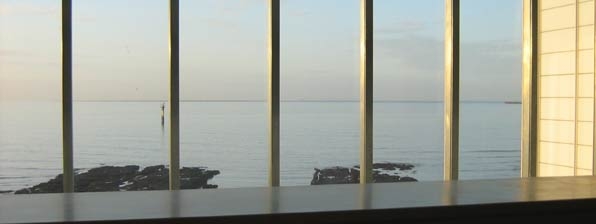

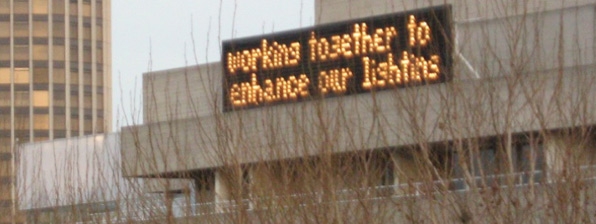

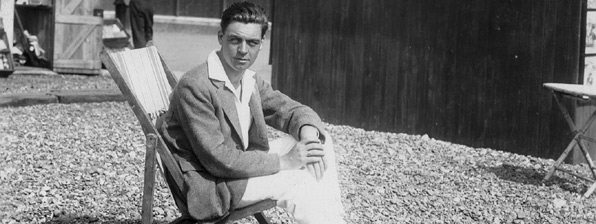




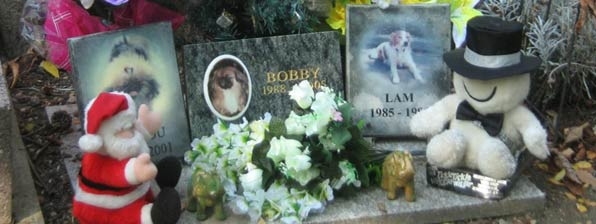

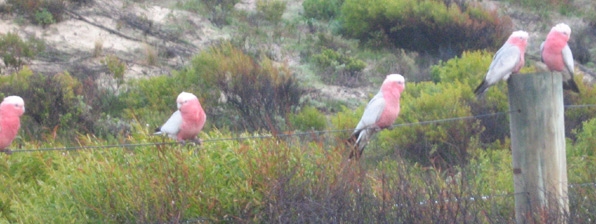




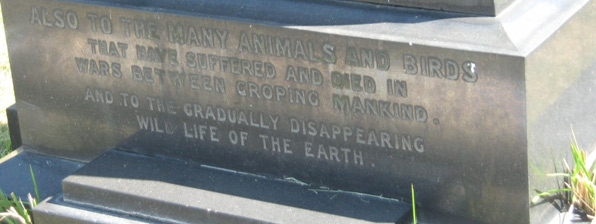

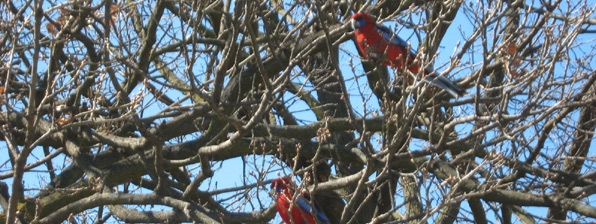




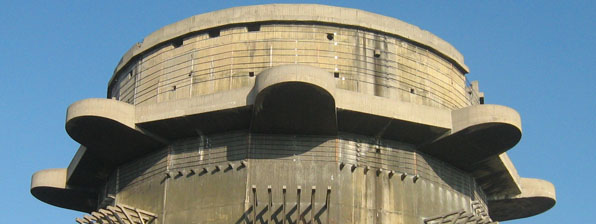

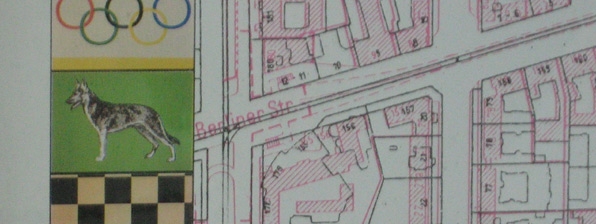

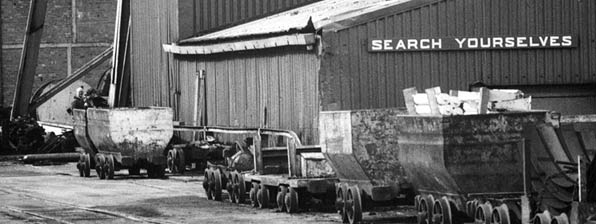







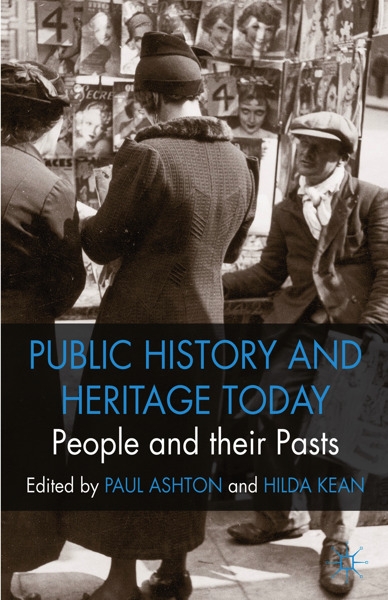

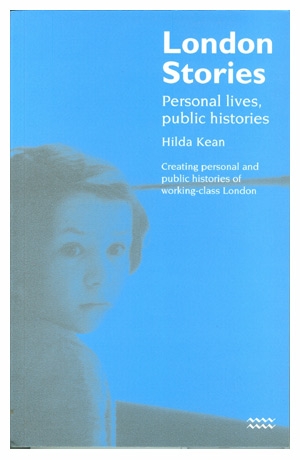

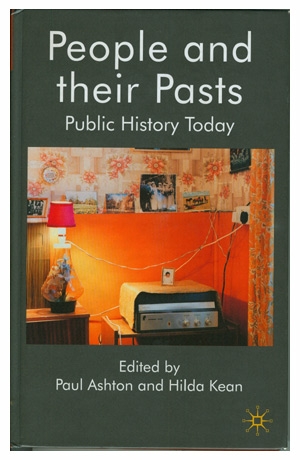
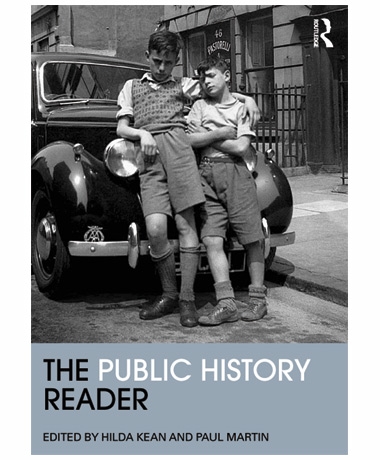




Thanks, Hilda for writing this piece. It has become clear to millions over the last few weeks that state-sponsored monuments in public spaces were constructed to convey particular messages which often obscured uncomfortable truths. But they have always been contested. Something that I learned studying for my MA at Ruskin College which you convened. So thank you for stimulating my interest all those years ago! Best wishes, John Siblon
Hope your own work does get widely read!
I fully appreciate the work done by everyone you mention Hilda including yourself of course (nice to see Madge Dresser being interviewed on TV re Bristol and hello John Siblon!). Whilst the Tory establishment might want to see toppled statues as an attack on (their) history, it is actually everyone else’s history being put to the fore at last and the (near) millennial’s generation taking it forward good on them. Everyone wants to put the old tin dictators in a museum but can I just point readers to what museums are actually doing which is decolonising museums as this short video from the Museum Detox group summarises well.
https://www.museumdetox.org/museumdetox-about-us.